MAPLE PARK, Ill., — Three horses trotted, kicking up clouds of dust in the enclosed arena, as men and women took turns directing them into designated “pockets.”
They worked in pairs, each time trying a new method. Some clapped. Others stomped or whistled or grabbed a long pole to direct the horses. Others were subtler, going in for a whisper instead.
Sometimes, just when the horse looked ready to obey, it dug a hoof into the dirt and ran circles like it owned the game.
(All photos in this article were shot by me)
Yet, this game wasn’t about taking command or conquering beast.
Though the players were former military, victory mattered less than the process itself.
“It’s all about group work and pulling together as a team. And realizing that your biggest resource coming back in the civilian life is each other,” said Susan Koestler, a therapist who is certified in equine assisted psychotherapy (EAP).
Koestler was asked to design the therapy program for Boots and Hooves, a five-day camp hosted specifically for veterans at the Promise Equestrian Center in Maple Park, Ill.
“There is such a need for programs like ours to provide some type of outreach and assistance,” said Jerry Paulsen, a former special forces Soldier, veteran business owner and cofounder of Boots and Hooves, a nonprofit.
He, along with partners Matt Ruddick, Gary Kempiak and Dan Negal, came up with the idea just ten months ago. This March they kicked off the pilot program for what they envision to run year-round and help hundreds of veterans, regardless of prior service or hometown.
Army, Navy and Marine veterans from five different states come to participate in this pilot. It cost the four founders more than $40,000 just to get this pilot going. In the future, they hope to find sponsors for veterans and raise money through a series of farm concerts.
“We’re definitely not doing this to make money,” said Ruddick. “I’ve always wanted to do something to try and give back (to veterans) … the little bit that I can to tell them thank you.”
Horses have been used as therapeutic aid since the time of ancient Greeks. Therapeutic riding dates back to the 17th century, but this is different.
EAP is often used with troubled youth to promote self-awareness and self esteem. It helps patients build confidence, communication, trust, expand perspective, impulse control and improve social skills. Patients generally learn horse care, grooming, saddling and horse riding.
“They’re learning more about themselves through the horses,” said Shannon O’Grady, an Army Reserve lieutenant colonel with the local 416th Theater Engineer Command and one of 30 volunteers for the pilot program.
“Horses give immediate and honest feedback based on how they approach them, and it’s something they hadn’t had before. It’s something that unless you’ve known horses before, they don’t understand (it until) they start to realize it,” said O’Grady, who owns two horses herself: a Morgan and a Paint.
Horses help people bring their guard down, open up more, said Koestler. In therapy, they serve as metaphors and powerful stand-ins for the people, issues and challenges patients face in their lives. Their intimidating sizes can reach up to 2,500 pounds. Learning to trust such a large animal requires patience, skill and confidence.
Boots and Hooves aims to help those with post traumatic stress disorder (PTSD), moral injury, emotional or sexual trauma and physical disabilities.
Recent statistics show that 22 veterans take their own life through suicide each day. There are 58,000 homeless veterans on any given night across the U.S., and 1.4 million more are considered at risk due to poverty, lack of support networks or dismal living conditions. Seventy percent of homeless veterans struggle with substance abuse.
There are currently 4.6 million military veterans living across the Midwest, 745,000 in the state of Illinois alone.
Very few programs use horses to help veterans heal. In the Midwest, there are EAP programs in Minneapolis and northern Michigan specifically designed for military, but each is at least five hours driving form the greater Chicago area, one of the largest metropolitan areas in the country.
Not only is Boots and Hooves closer, but it’s unlike any other program out there.
To begin, the camp is five days long, running from morning to evening, while most others run for only a day or a weekend. It provides lodging, meals and family members are allowed to come and receive counseling if they want. Plus EAP is just the beginning. Koestler designed the program to include group sessions in the afternoon and expressive therapy in the evening. Six hours of total therapy time each day.
“That’s like getting two years’ worth of therapy in one week,” said Obom Bowen, who flew in from Atlanta with his wife Ana to participate.
Bowen served 16 years with the Marine Corps when an injury in Iraq paralyzed him for nine months. When the military discharged him, he was homeless for two years. Now he runs a successful business, but has been going through therapy for seven years.
“This is way cool,” he said of the experience.
“It’s like you’re in the ultimate outdoor vacation. With (horse) poop,” he joked.
In between therapy sessions, the eight participants also worked to rebuild one of the arena fences, cleaned horse stalls, jack-hammered a concrete pavement and scooped horse poop. Each participant had a choice in the labor, but they all dug in because it gave them a sense of purpose.
“Oh, I built a fence. I’m a cowboy now,” Bowen said, flexing his muscles jokingly. “I even got boots. With sweat pants.”
Each veteran in the pilot program had a different level of experience. Larissa Dianovsky, a former Illinois National Guard Soldier, originally found the animals intimidating.
“You’re big and scary, and that’s kind of how the world is to me right now,” she said.
Meanwhile, Shane Wilkinson, an Army recruiter for the Chicago Battalion, used to ride a horse to school in Oklahoma when he was six. He’s been going to weekly counseling on his own to deal with the sleeplessness and anger caused by PTSD, but has never gone through this kind of therapy before.
“I wish my weekly counselor had a horse in the office with us,” he said.
Boots and Hooves is intensive. It’s not meant to solve every veteran’s struggles in five days. It gives them therapy skills that are bigger than the horses that at first looked so huge.
“I just don’t want to be scared anymore,” said Dianovsky.
You can find more shots from this day and Boots and Hooves on my photography website, One Way Street Production.
 Michel Sauret – Award-Winning Army Journalist | Independent Author Award-Winning Army Journalist, Independent Author
Michel Sauret – Award-Winning Army Journalist | Independent Author Award-Winning Army Journalist, Independent Author
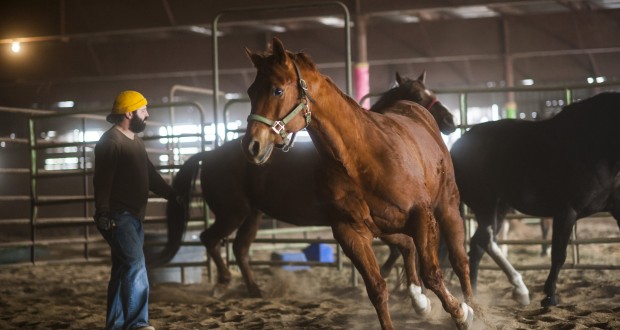
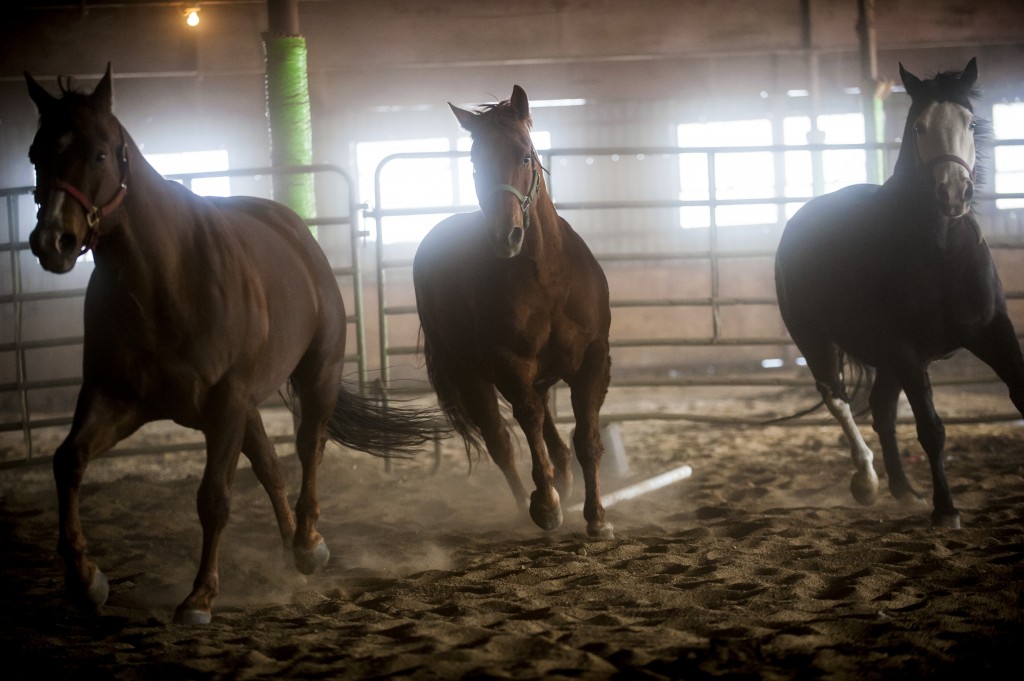
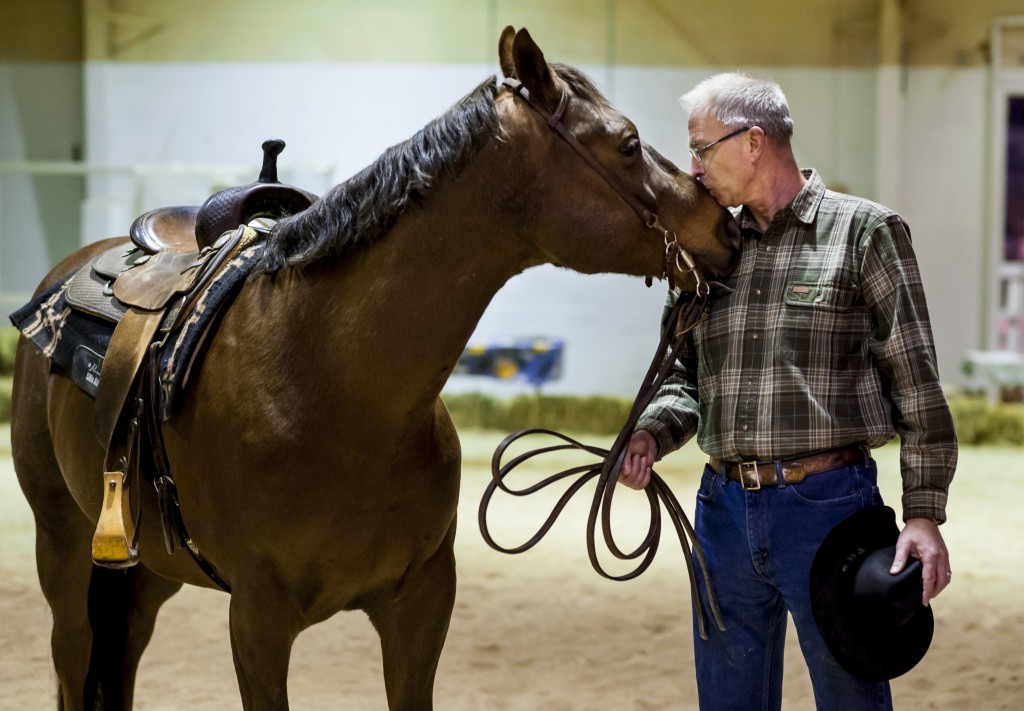
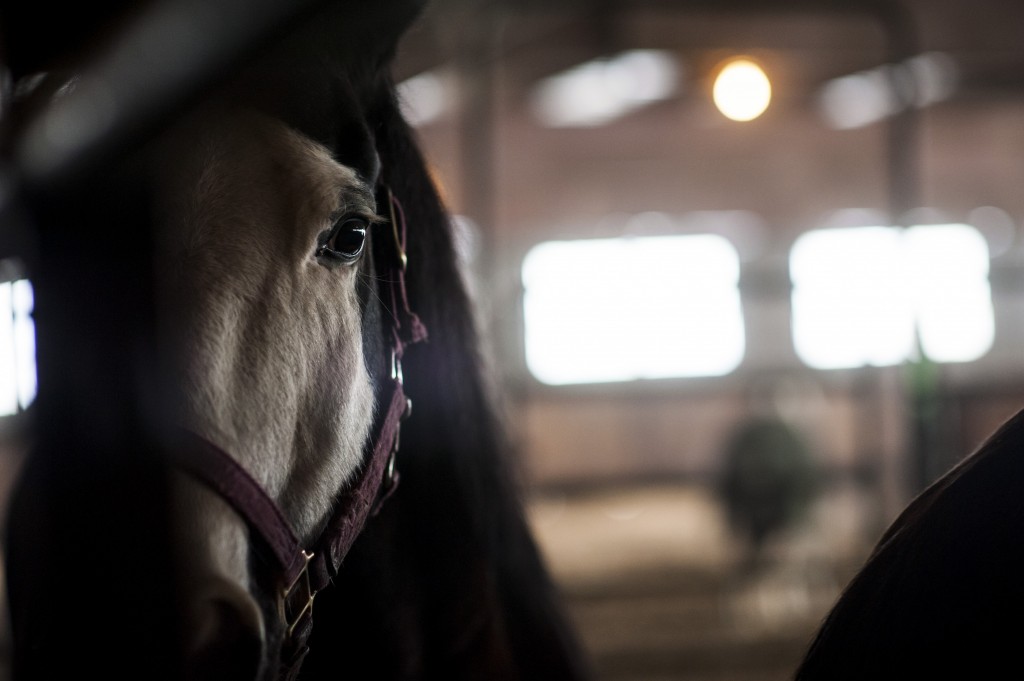
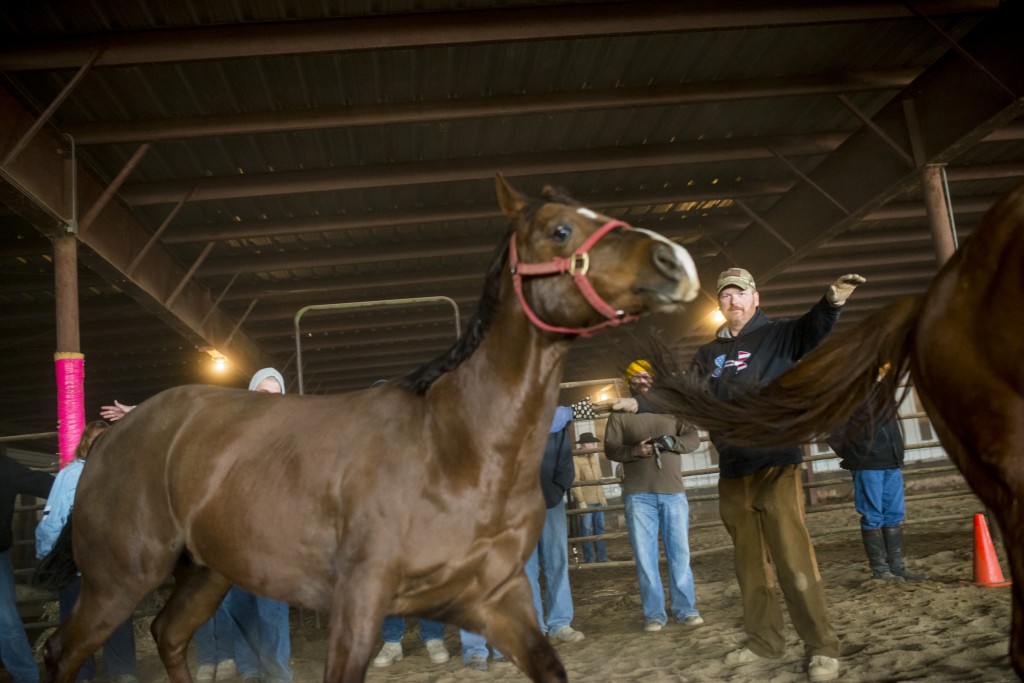
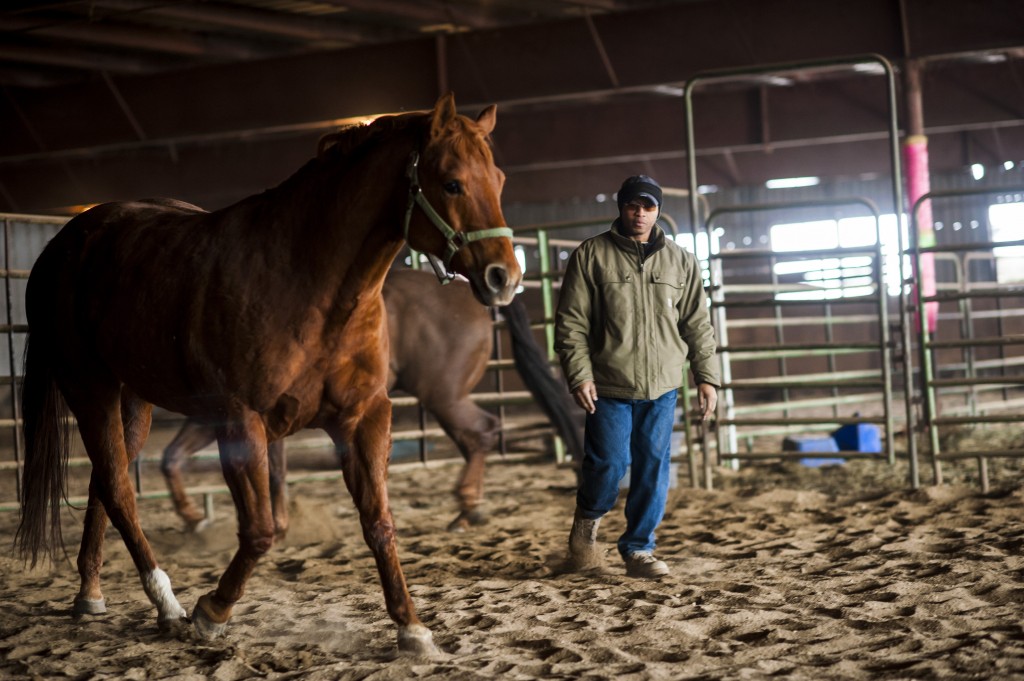
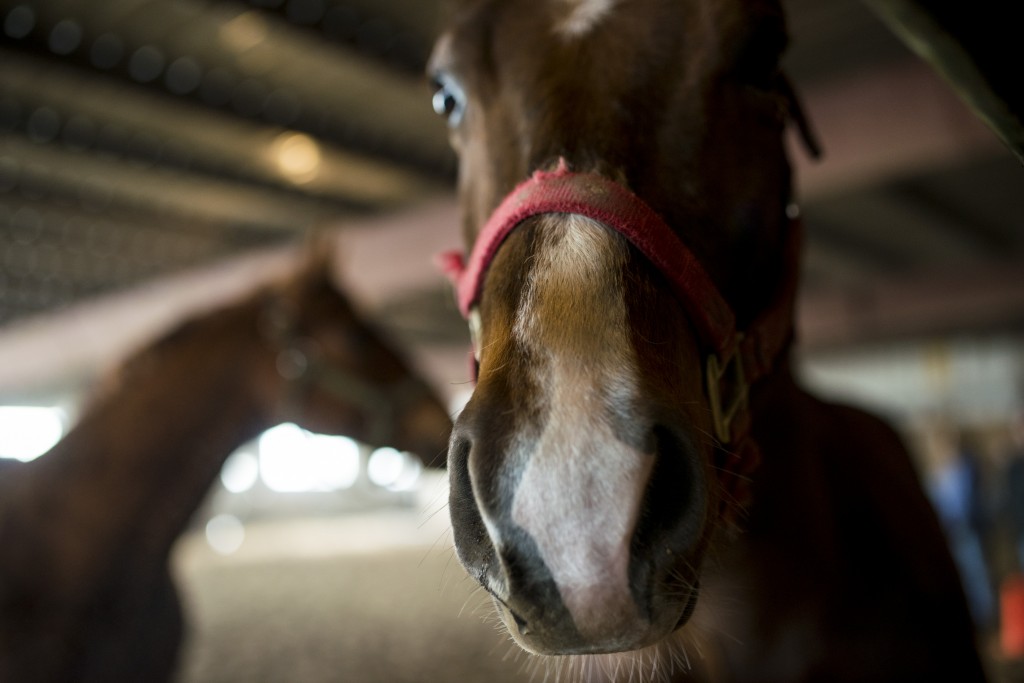
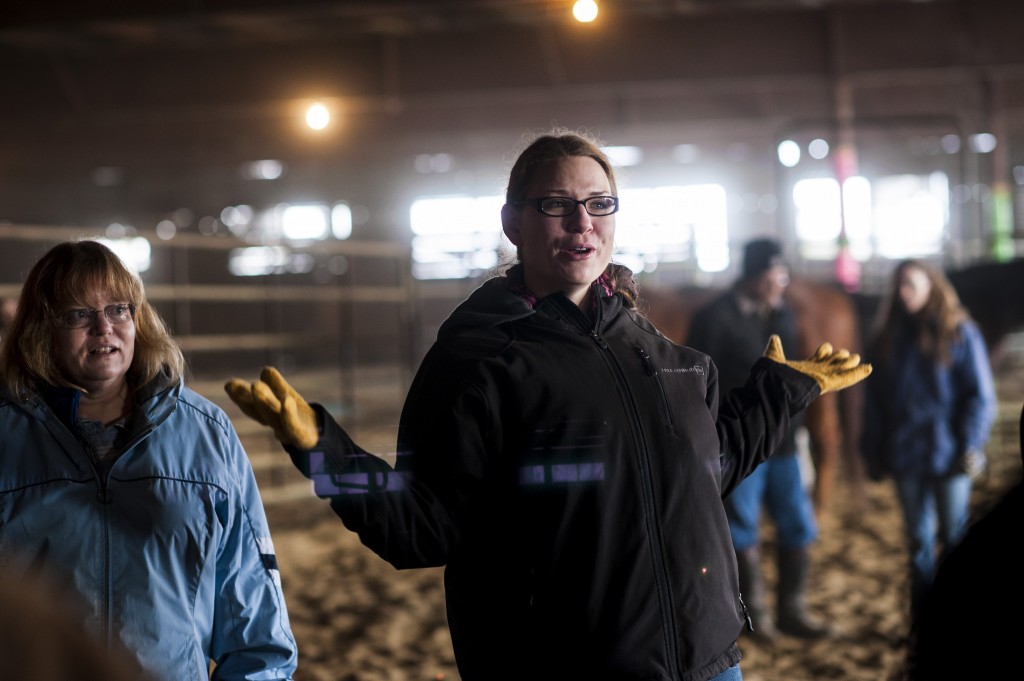


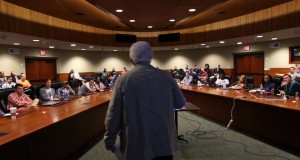
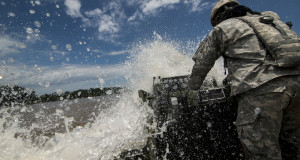


Thank you for an excellent article about the Boots and Hooves program. And, I love your photos!!!